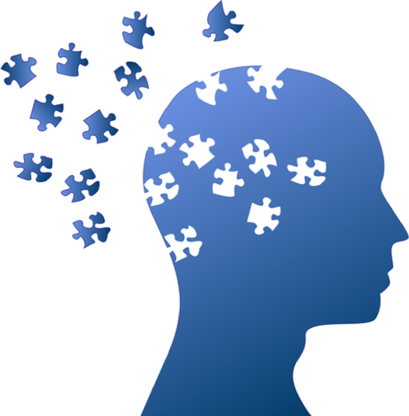Chapter 2What Leaders Need to Know About the Brain
The brain is a wonderful organ; it starts working the moment you get up in the morning and does not stop until you get into the office.
—ROBERT FROST
While many aspects involving the complexity of our brains are still unsolved puzzles (Figure 2.1), Dr. Paul D. MacLean, a renowned neuroscientist, postulated that humans don't have just one brain; we have three. He shared this theory with the world in his 1990 book The Triune Brain in Evolution. The late MacLean believed that each of our three brains evolved over time and formed three layers, like the layers of a cake, one atop the other. He served as the director of the Laboratory of Brain Evolution and Behavior in Poolesville, Maryland, and commented that our three brains work like three interconnected biological computers, and they each have their own intelligence, subjectivity, and sense of time, space, and memory.1

Figure 2.1 Brain Puzzle
Source: Gan Hui, Dreamstime.com.
Some leading neuroscientists agree with MacLean while others do not. For example, Dr. German Garcia‐Fresco is the director of the Adaptive Neuroscience Research Institute in West Hollywood, California. He has a PhD in molecular neurobiology from the University of North Carolina. He and his colleagues (also PhDs) published a paper titled “Neuroscience of Selling” wherein they refer to three brains—rational, ...
Get The 7 Secrets of Neuron Leadership now with the O’Reilly learning platform.
O’Reilly members experience books, live events, courses curated by job role, and more from O’Reilly and nearly 200 top publishers.

